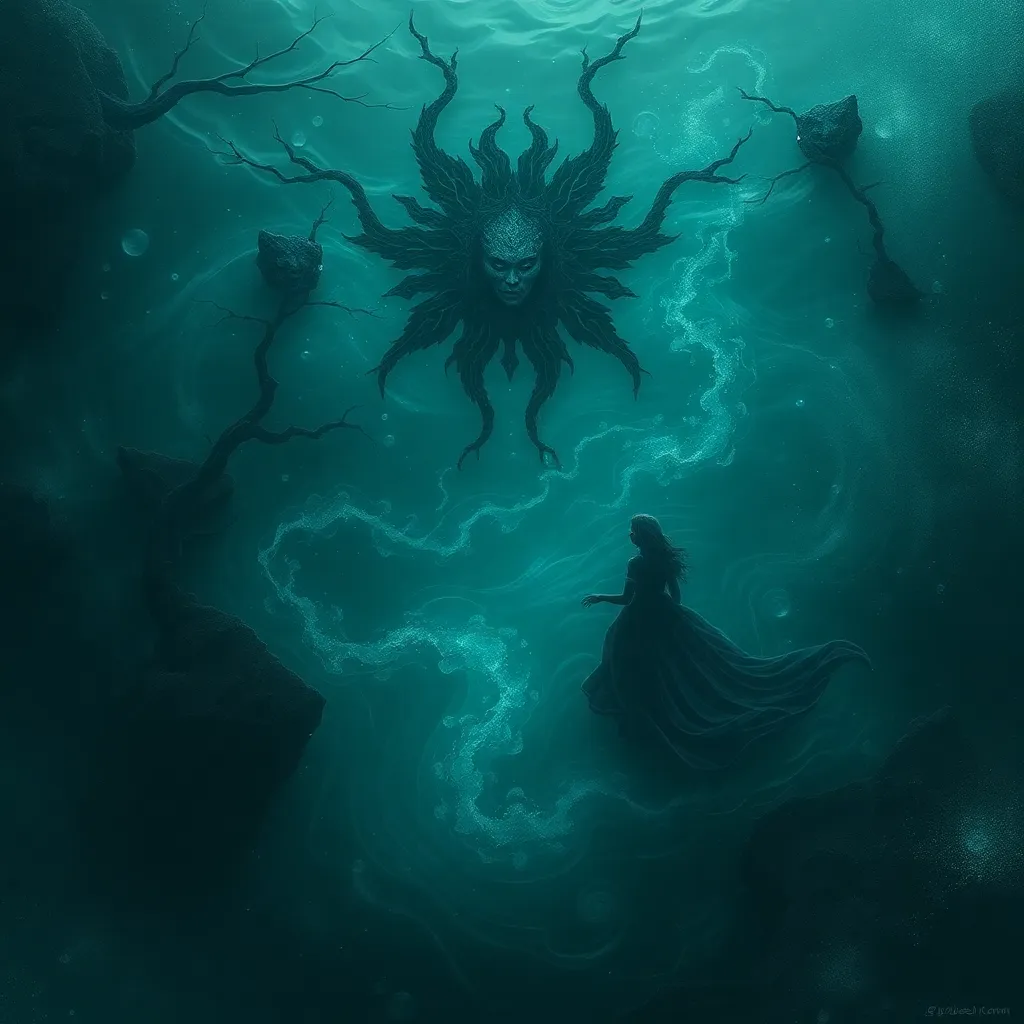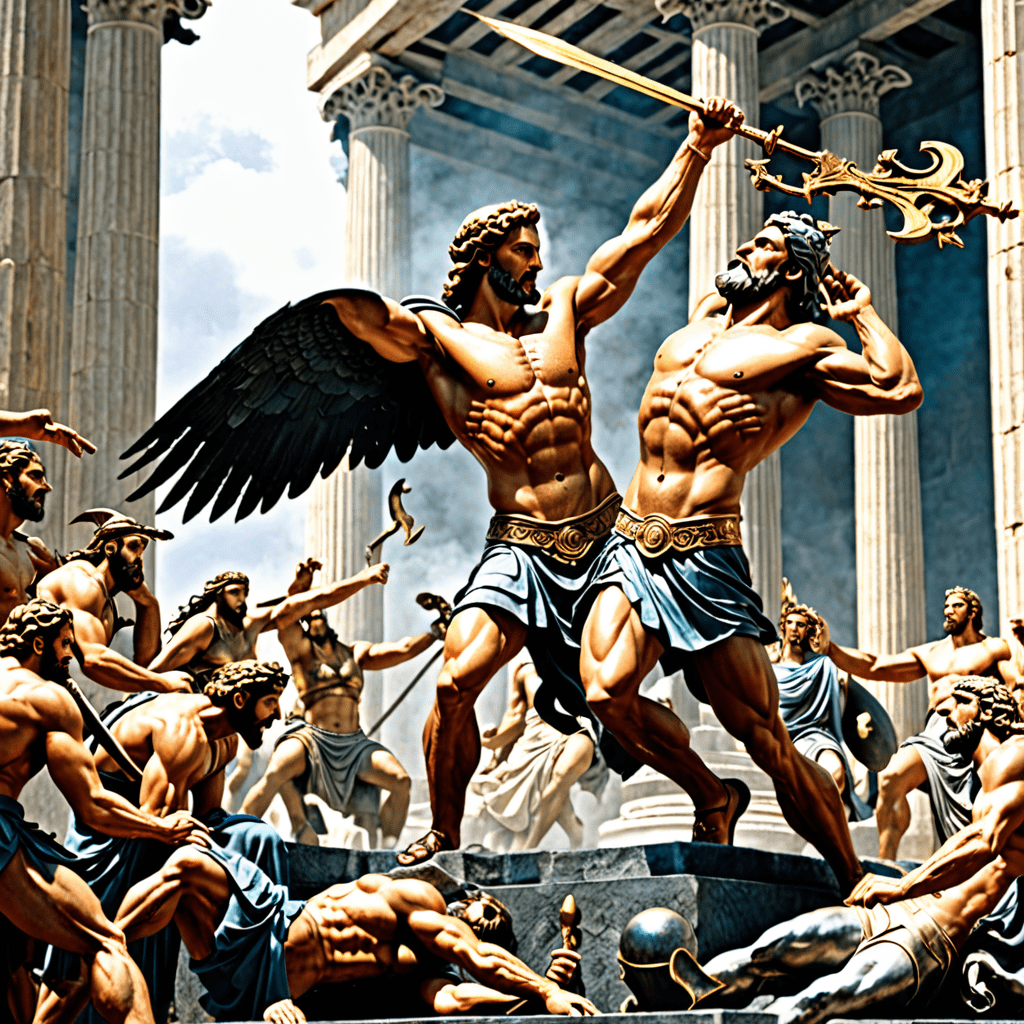Russian Rusalka Tales: Examining the Romantic and Tragic Elements of Russian Water Spirit Lore
I. Introduction
The Rusalka is a captivating figure in Slavic folklore, often depicted as a water spirit associated with rivers, lakes, and other bodies of water. These enchanting spirits are typically characterized as beautiful young women, embodying both allure and danger. The Rusalka tales not only entertain but also reflect deeper themes of love, loss, and the interplay between the natural and supernatural realms.
This article aims to explore the romantic and tragic elements inherent in Rusalka tales, shedding light on their significance in Russian culture. Water spirits like the Rusalka hold a prominent place in Slavic mythology, symbolizing the connection between humanity and nature, as well as the complex emotions tied to love and longing.
II. Historical Context of Rusalka Lore
The origins of Rusalka tales can be traced back to pre-Christian Slavic beliefs, where water spirits were revered and feared. These early narratives were often intertwined with agricultural cycles and seasonal changes, reflecting the deep connection between the Slavic people and their natural environment.
As time progressed, the portrayal of the Rusalka evolved significantly. With the advent of Christianity, the character of the Rusalka began to absorb new meanings, often being depicted as a tragic figure, a lost soul, or a spirit in need of redemption. This transformation illustrates the dynamic nature of folklore as it adapts to changing cultural and religious landscapes.
Moreover, the influence of folklore on Rusalka narratives cannot be overstated. As oral traditions were recorded, the stories of the Rusalka became more structured, blending elements of morality, cautionary tales, and romantic tragedy.
III. Characteristics and Symbolism of the Rusalka
The Rusalka is often described as a stunningly beautiful maiden with long, flowing hair, sometimes entwined with aquatic plants. Her physical appearance symbolizes both her ethereal nature and her connection to the watery realms. Behaviorally, Rusalka are known to be playful yet capricious, drawing humans to their watery abodes with their enchanting songs.
In Rusalka tales, water serves as a powerful symbol, representing both life and death. Rivers and lakes are places of beauty and danger, embodying the duality of the Rusalka as both nurturing and perilous. This duality is a core aspect of Rusalka lore, as she can be a source of inspiration and love or a harbinger of tragedy and despair.
IV. Romantic Elements in Rusalka Tales
Romantic themes are prevalent in Rusalka tales, often centered around the idea of unrequited love and longing. The Rusalka frequently yearns for human connection, leading to poignant narratives that explore the depths of love and desire. Her interactions with human lovers are marked by a sense of tragedy, as their fates are often intertwined in ways that lead to sorrow.
Notable literary and artistic representations of romantic Rusalka stories include:
- The poem “Rusalka” by Alexander Pushkin, which captures the essence of unattainable love.
- Antonín Dvořák’s opera “Rusalka,” which features the famous aria “Song to the Moon,” expressing a Rusalka’s longing for a human prince.
- Various paintings and illustrations that depict the Rusalka seducing or lamenting her lost love.
V. Tragic Elements in Rusalka Tales
Tragedy is a central theme in many Rusalka tales, often manifesting through sacrifice, loss, and betrayal. The transformation of a Rusalka from a woman into a spirit is typically marked by a significant event—such as drowning or a broken heart—underscoring the pain of her existence. This metamorphosis highlights the fragility of life and the harsh realities faced by those caught between two worlds.
In analyzing the tragic endings of various Rusalka tales, we can observe patterns of despair and inevitability:
- The Rusalka often sacrifices her own happiness for the sake of her love.
- Human characters may betray the Rusalka, leading to dire consequences.
- Many tales conclude with the Rusalka’s lamentation or disappearance, symbolizing the loss of hope.
VI. Rusalka in Modern Adaptations
In contemporary literature and film, the Rusalka continues to captivate audiences, with adaptations that reinterpret her story for modern sensibilities. These adaptations often explore themes of empowerment and agency, offering fresh perspectives on the traditional narratives.
The resurgence of interest in Rusalka folklore can be seen in various media, including:
- Books such as “The Rusalka” by Tasha Suri, which reimagines the Rusalka’s story within a fantasy context.
- Films that blend horror and romance, showcasing the Rusalka as a figure of both beauty and terror.
- Artistic installations and performances that bring the Rusalka myth to life in innovative ways.
These modern portrayals contrast with traditional depictions, often highlighting the complexity of the Rusalka’s character and her relationships with humans.
VII. Cultural Significance and Impact
The Rusalka occupies a vital role in Russian cultural identity, serving as a symbol of the connection between humanity and nature. Her tales resonate with themes of love, loss, and the interplay between life and death, reflecting the complexities of human emotions.
Furthermore, Rusalka tales have influenced global folklore and fantasy, inspiring writers and artists beyond Slavic traditions. The character has become a touchstone in discussions of gender and sexuality, as her narratives often explore the tension between societal expectations and personal desires.
VIII. Conclusion
In summary, the romantic and tragic elements of Rusalka tales reveal profound insights into the human experience. These stories encapsulate themes of longing, sacrifice, and the duality of life through the lens of a water spirit. The enduring legacy of Rusalka tales in Russian and world literature underscores the importance of preserving folklore traditions, as they continue to inspire and resonate with audiences across cultures.
As we explore these narratives, we are reminded of the timeless nature of love and tragedy, as well as the rich tapestry of stories that connect us to our past and inform our present.
https://www.youtube.com/watch?v=pdtaSZdI3LU



